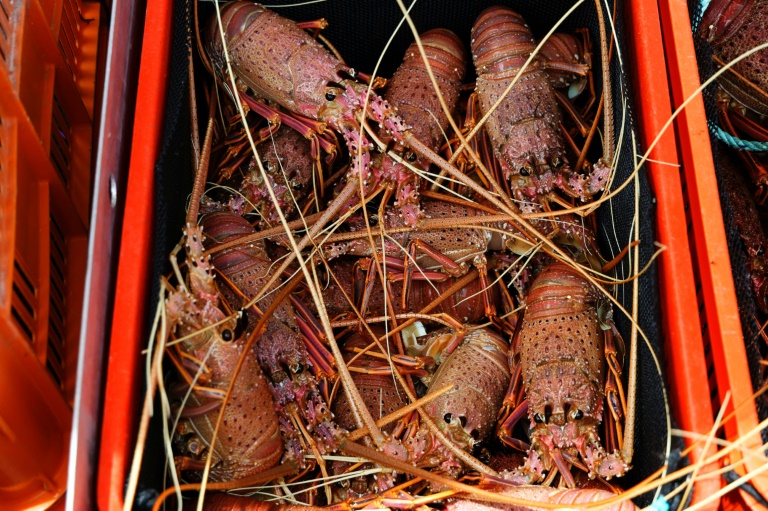A TAXIDERMIST has admitted that people call him crazy for freeze-drying family pets, but he’s yet to have a dissatisfied customer.
Chuck Rupert ignored the criticism of his bizarre job and started charging up to $4,000 for his highly sought-after services.
In 2014, Rupert was suddenly laid off from his job in the oil and gas business at 50 years old and had to scramble to make some money.
His friend at the time ran a taxidermy business in rural Pennsylvania and told Rupert that he would show him the tricks of the trade.
After working with his buddy for a time, Rupert purchased the taxidermy business and started Second Life Freeze-Dry, where he happily works today.
In the past decade, Rupert has worked on a wide variety of animals, including wildlife like otters, deer, snapping turtles, and squirrels.
The wildest project he has taken on was freeze-drying a woman’s foot because of her religious beliefs.
However, the majority of Rupert’s business comes from preserving small family pets, like cats and dogs.
Asking someone to stuff their pet can be an emotional experience as the customer is still grieving from their loss, Rupert said in an exclusive conversation with The U.S. Sun.
What’s more, potential clients will ask Rupert if they’re crazy for wanting to hire his services.
“My reply to them is, ‘Well if you’re crazy, then what am I?'” he said.
“I find that there’s not much black and white with this deal… either people think it’s the greatest thing that ever happened or you are absolutely nuts.”
FREEZING FIDO
Rupert explained that preserving pets through freeze-drying is effective because the bitter cold temperatures remove all moisture from their bodies without tearing them apart.
This means he can take the pets right out of the machine, make some minor touch-ups and then send them back to their loving owners.
But the freeze-drying process can also be incredibly time-consuming, as it takes months for the body to be cured.
As a result, Rupert has had to ramp up the price to cure bigger pets that take up precious space in his freeze-drying vessels.
“I had folks that were in the $4,000-plus range for some of those big dogs,” he said.
“The average small dog or cat that I’m doing at 10 to 12 pounds… they’re going to be in the dryer for four to five months.
“But I’d have a big dog that was 60 or 70 pounds in there for almost a year.”
Because of how time-consuming it is to cure bigger pets, Rupert said he usually sticks to small animals now, which allows him to work with far more clients in a year.
Working with grieving customers can be difficult, according to the taxidermist, but it’s also what makes the job special.
Read more on the Scottish Sun
“You’ve got a connection that’s different than, you know, me selling you a horseshoe or something,” he said.
“It’s kind of neat, but it’s a double-edged sword.”












